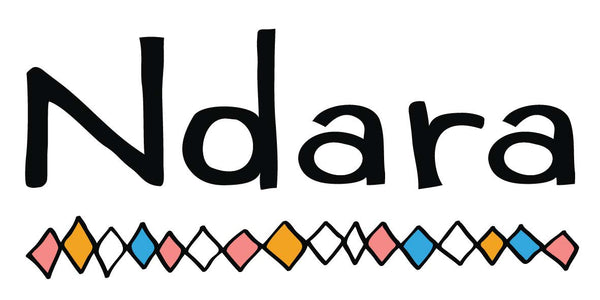
Mystery and marvel
The mystery and marvel of two different cultures meeting is something that deeply fascinates and inspires us.
Some come from a world of industry, books, experimentation and material proofs. Some walk sidewalks and stairs, speed through space in cars, elevators and airplanes. Some think with computers, charts and calculators rooted in math and electronics.
Others live close to the land: house, garden, family, tribe, food, birth and death. They walk dirt paths fully grounded with the world around them. They move quickly, quietly and stealthily through grasses, bushes and dusty villages. Many have traveled no farther than to visit their family a few miles away, have read no books, and never possessed a newspaper or journal.

Those living close to the land think in terms of spirits who are near, who cause sickness, famine, floods, and other disasters. Their roots are deep in ancestry, spirit appeasement, progress by craftiness and acceptance in the group. Their experiences of life are understood in terms of body cravings, survival, custom and mysticisms. They live for today. Their stories reflect their culture.
In the coming weeks we will share tales from the Central African Republic with you. The tales we are sharing were written down by Polly Strong, as told to her mainly by Moussa André and Bissafi Jeannot. Moussa and Bissafi translated the original tales, told in the languages Mandjia and Banda, into Sango for Polly. She then translated and wrote them down in English. These tales were originally published in “African Tales, folklore of the Central African Republic” by TELCRAFT in 1992.
In Central African tales the style is clear, concise, active and intense.
The tales open directly, and often end with the same abruptness. Someone appears, or is. A situation or problem presents itself and actions take place. Repetitions are often used to help both the teller and the listener, who depend only on memory to recall the tale. The stories are simple, brief, to the point, and principles quickly grasped by people who cannot read or write.
The lesson of the tale is generally sharp and definite. Unlike the fairytales of Western culture “The lived happily ever after” is not the most common ending. The tales of Central Africa often leave this situation unsolved. An ending frequently found is “and so they were enemies just until today”, or, “this is why… just until today”.

Some of the tales we will share in the next few blog posts feature Tere, a prominent supernatural figure who appears in many tales from the Central African Republic. These tales do not indicate Tere’s size or physical stature. His appearance is left totally to the listener’s imagination, as is his character, which is described only by his actions.
The author Polly Strong wrote: “So oral traditions goes on, and so we record it, learning to love and appreciate a people and a way of living perhaps little known or foreign to the western world” and we hope that by sharing these tales with you, you will delight in the marvel of different cultures, and share in the lessons these Central African tales bring us.
